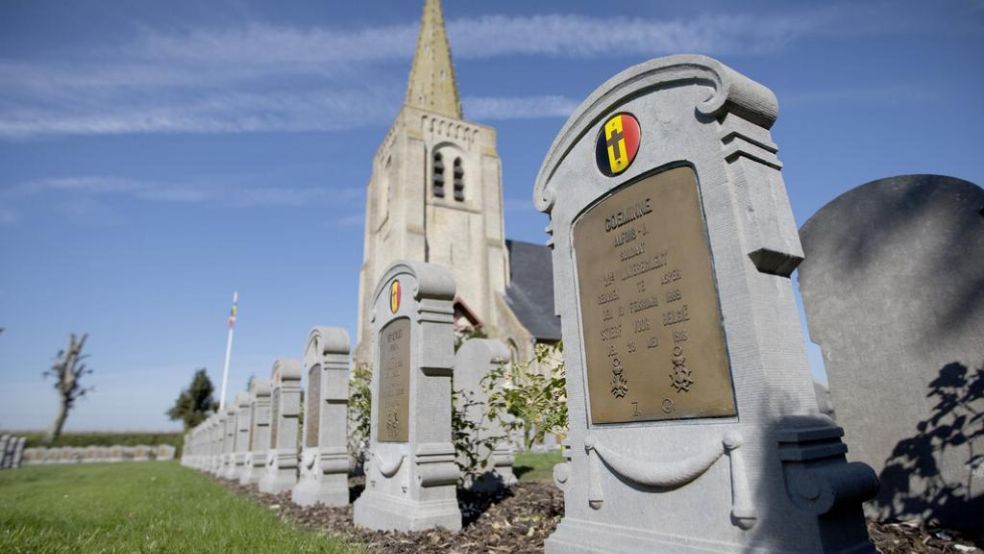Your Read is on the Way
Every Story Matters
Every Story Matters
The Hydropower Boom in Africa: A Green Energy Revolution Africa is tapping into its immense hydropower potential, ushering in an era of renewable energy. With monumental projects like Ethiopia’s Grand Ethiopian Renaissance Dam (GERD) and the Inga Dams in the Democratic Republic of Congo, the continent is gearing up to address its energy demands sustainably while driving economic growth.
Northern Kenya is a region rich in resources, cultural diversity, and strategic trade potential, yet it remains underutilized in the national development agenda.

Can AI Help cure HIV AIDS in 2025

Why Ruiru is Almost Dominating Thika in 2025

Mathare Exposed! Discover Mathare-Nairobi through an immersive ground and aerial Tour- HD

Bullet Bras Evolution || Where did Bullet Bras go to?
The Belgian Peacekeepers Memorial in Rwanda stands as a solemn reminder of the tragic loss of life during the 1994 genocide against the Tutsi. Located in Kigali, this memorial site pays tribute to ten Belgian UN peacekeepers who were brutally killed in the early days of the genocide. Their deaths not only marked a turning point in international intervention but also highlighted the vulnerability of foreign forces stationed in Rwanda at that time.
In April 1994, Rwanda descended into one of the darkest chapters of its history. The assassination of President Juvénal Habyarimana triggered mass killings targeting the Tutsi population and moderate Hutus.
Amid the chaos, United Nations peacekeepers were deployed under the United Nations Assistance Mission for Rwanda (UNAMIR) to help stabilize the situation. Among these forces were Belgian soldiers, who formed part of the backbone of the mission.
On April 7, 1994, ten Belgian soldiers assigned to protect the Rwandan Prime Minister, Agathe Uwilingiyimana, were captured by members of the Rwandan Presidential Guard. They were taken to a military camp in Kigali where they endured torture before being killed. The brutality of their deaths shocked the international community and raised serious questions about the safety and role of peacekeeping forces in conflict zones.
The killing of the Belgian peacekeepers had far-reaching consequences. Belgium, shaken by the loss of its soldiers, decided to withdraw its contingent from Rwanda.
This significantly weakened UNAMIR’s capacity and contributed to the international community’s limited response to the genocide. For many Rwandans, this withdrawal was seen as abandonment at a time when international protection was desperately needed.

The Belgian Peacekeepers Memorial was later established at Camp Kigali, the site where the ten soldiers were executed. The memorial is designed to preserve the memory of their sacrifice and to educate future generations about the cost of peacekeeping missions. Inside, visitors find preserved bullet-marked walls, symbolic displays, and tributes honoring the soldiers.
Each of the ten pillars at the site represents one of the fallen soldiers, while the preserved rooms where they were held symbolize the harsh final moments of their lives. The memorial is both a place of mourning and reflection. It serves as a powerful lesson about the dangers of indifference, the cost of conflict, and the heavy responsibility borne by peacekeepers.
The Belgian Peacekeepers Memorial remains an important part of Rwanda’s remembrance landscape. It continues to receive local and international visitors, including dignitaries, survivors, and students. For Rwanda, it symbolizes not only the tragedy of 1994 but also the resilience of a nation determined to preserve memory and promote peace.
For Belgium and the wider international community, it underscores the risks of peacekeeping and the importance of timely global action in preventing atrocities.
The events at the Belgian Peacekeepers Memorial site are a poignant reminder of the horrors of the Rwandan genocide and the sacrifices of those who sought to protect innocent lives. The memorial stands as a testament to the courage of the ten soldiers, the failures of international response, and the ongoing need for collective responsibility in safeguarding peace.
0 comments